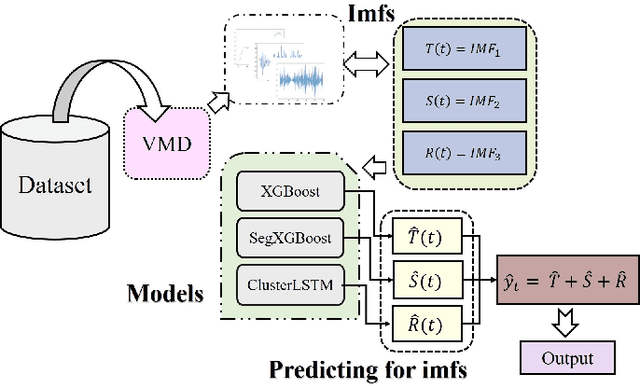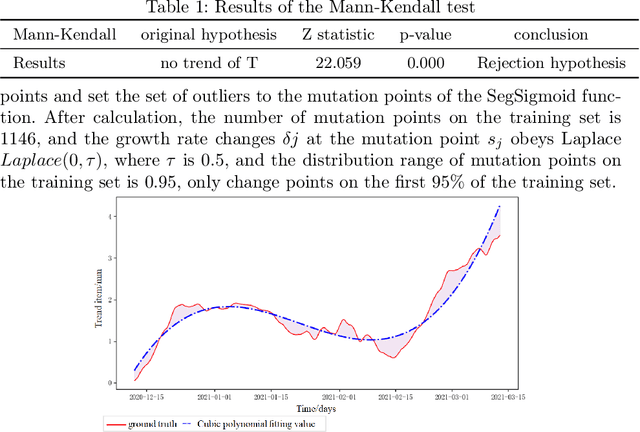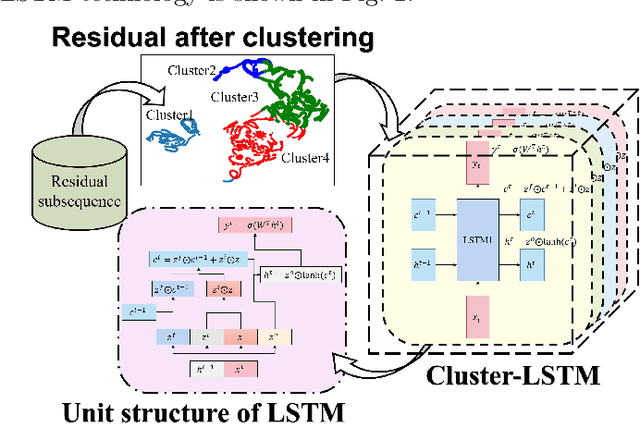Juan Cheng
FaFCNN: A General Disease Classification Framework Based on Feature Fusion Neural Networks
Jul 24, 2023



Abstract:There are two fundamental problems in applying deep learning/machine learning methods to disease classification tasks, one is the insufficient number and poor quality of training samples; another one is how to effectively fuse multiple source features and thus train robust classification models. To address these problems, inspired by the process of human learning knowledge, we propose the Feature-aware Fusion Correlation Neural Network (FaFCNN), which introduces a feature-aware interaction module and a feature alignment module based on domain adversarial learning. This is a general framework for disease classification, and FaFCNN improves the way existing methods obtain sample correlation features. The experimental results show that training using augmented features obtained by pre-training gradient boosting decision tree yields more performance gains than random-forest based methods. On the low-quality dataset with a large amount of missing data in our setup, FaFCNN obtains a consistently optimal performance compared to competitive baselines. In addition, extensive experiments demonstrate the robustness of the proposed method and the effectiveness of each component of the model\footnote{Accepted in IEEE SMC2023}.
Landslide Surface Displacement Prediction Based on VSXC-LSTM Algorithm
Jul 24, 2023



Abstract:Landslide is a natural disaster that can easily threaten local ecology, people's lives and property. In this paper, we conduct modelling research on real unidirectional surface displacement data of recent landslides in the research area and propose a time series prediction framework named VMD-SegSigmoid-XGBoost-ClusterLSTM (VSXC-LSTM) based on variational mode decomposition, which can predict the landslide surface displacement more accurately. The model performs well on the test set. Except for the random item subsequence that is hard to fit, the root mean square error (RMSE) and the mean absolute percentage error (MAPE) of the trend item subsequence and the periodic item subsequence are both less than 0.1, and the RMSE is as low as 0.006 for the periodic item prediction module based on XGBoost\footnote{Accepted in ICANN2023}.
 Add to Chrome
Add to Chrome Add to Firefox
Add to Firefox Add to Edge
Add to Edge